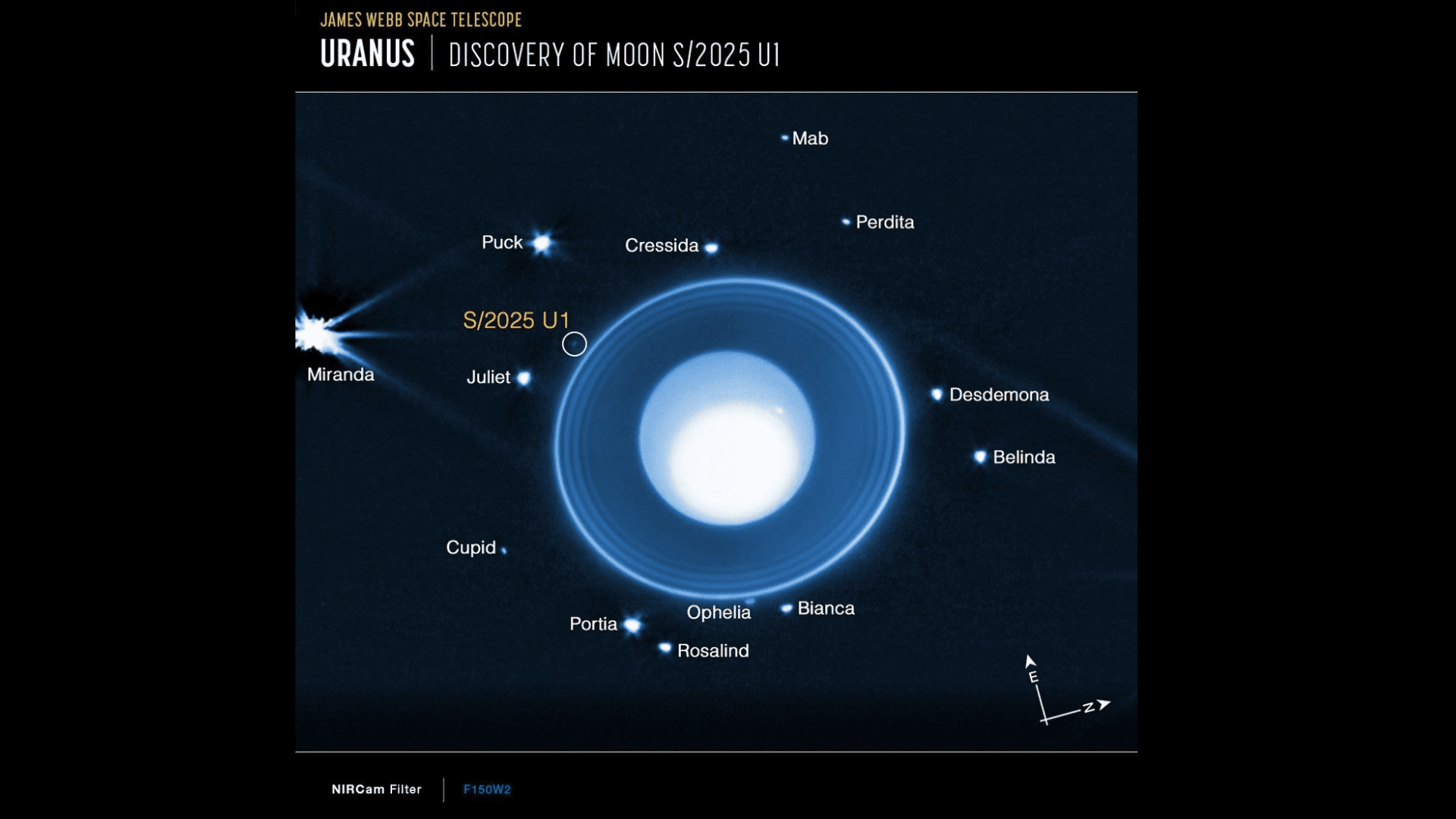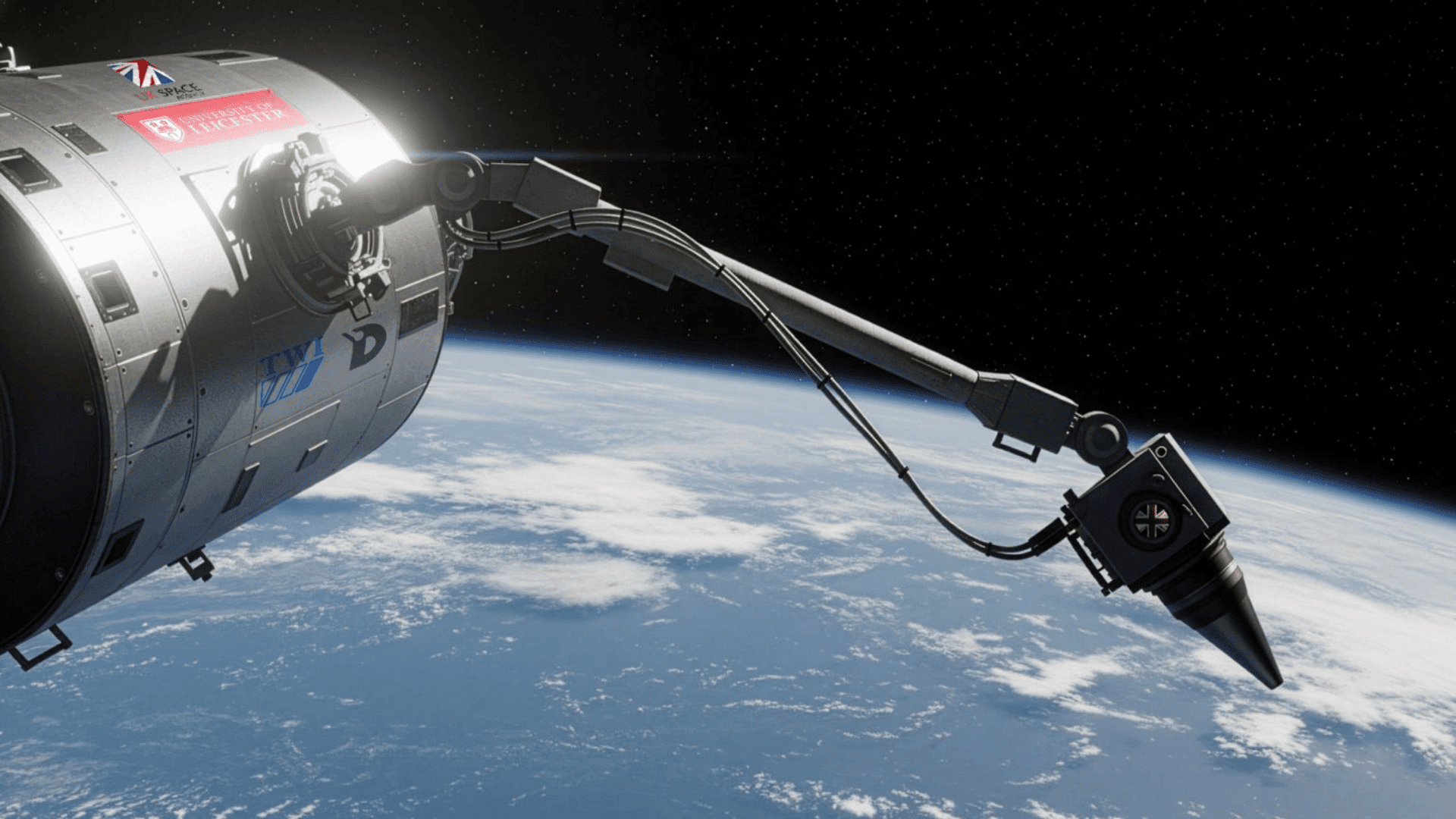NASA’s James Webb Space Telescope (JWST) made another significant discovery in our solar system. The space telescope identified a previously unknown moon orbiting the distant planet Uranus. This discovery expands the planet’s moons to 29.
Researchers from the Southwest Research Institute (SwRI) led the detection and captured it using 10 long-exposure images with the telescope’s Near-Infrared Camera (NIRCam). Lead scientist at SwRI, Maryame El Moutamid, said, “This object was spotted in a series of 10 40-minute long-exposure images captured by the Near-Infrared Camera (NIRCam).”
A New Member of Uranus’ Moons

Scientists say that the newly discovered moon is tiny. According to their estimations, it’s six miles in diameter, meaning that it was likely “invisible” to previous missions, including NASA’s Voyager 2, which flew past the planet almost 40 years ago. “It’s a small moon but a significant discovery, which is something that even NASA’s Voyager 2 spacecraft didn’t see during its flyby nearly 40 years ago,” El Moutamid said.
NASA has designated the moon S/2025 U1. It is the 14th member of a complex network of small moons orbiting inward of the largest Uranian moons.
Member of the research team Matthew Tiscareno of the SETI Institute said, “No other planet has as many small inner moons as Uranus, and their complex inter-relationships with the rings hint at a chaotic history that blurs the boundary between a ring system and a system of moons.”
Tiscareno added that it is likely that “even more complexity remains to be discovered.”
The moon is about 35,000 miles away from the center of Uranus and orbits the planet’s equatorial plane between the orbits of Ophelia and Bianca. Its orbit suggests that it may have formed in its current location. While the agency calls the moon S/2025 U1, the International Astronomical Union (IAU) must approve its official name.
This discovery is another highlight of JWST‘s powerful capabilities. It demonstrates how modern astronomy continues to build on past legacies, like Voyager 2’s frontier of solar system exploration.







